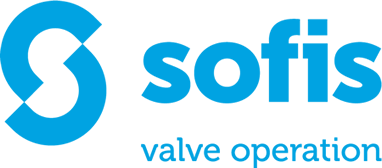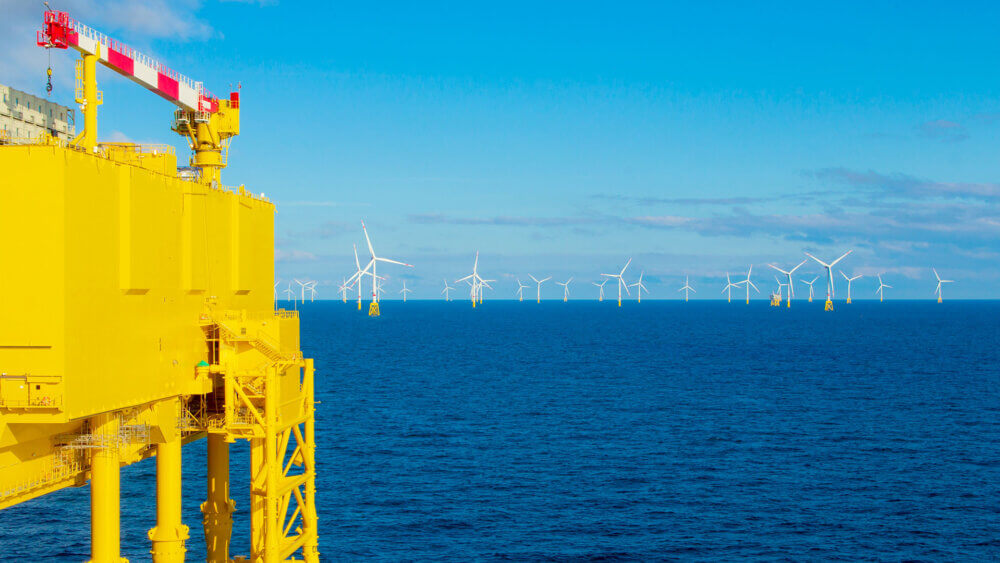With the growing demand for renewable energy sources, offshore wind farms have become a prominent solution. Offshore wind HVDC converter platforms play a crucial role in transmitting this clean energy to the onshore grid. However, the proper functioning of these platforms relies on various critical systems, including cooling medium expansion vessel pressure protection, and nitrogen pressure protection. Ensuring pressure protection for these applications is vital to guarantee the safe and reliable operation of offshore wind HVDC converter platforms.
Pioneering offshore wind project
One of Sofis’ customers in the renewable energy sector embarked on building a large HVDC Platform, to support a pioneering offshore wind project. The HVDC platforms convert the electricity generated by the wind turbines into high-voltage direct current for efficient transmission to the mainland.
The importance of pressure protection
The complex power electronics on the platform can generate a lot of heat. Cooling medium expansion vessels are vital components of the platform, as they maintain the cooling system’s stability. These vessels contain a cooling medium that absorbs heat from various components, preventing critical overheating. Similarly maintaining pressure relief capacity on the seawater inlet to electrochlorination system is important, as a stable pressure for this system ensures a steady rate of chlorine production. Incorrect pressure management of this system however could compromise the platform’s cooling and anti-fouling capabilities. If the pressure were to exceed safe levels, it could lead to leakage, system failure, or even vessel rupture, jeopardizing the entire operation. Sofis’ valve interlocks ensure there is always a pressure safety valve in operation, by guiding operators through your pre-defined switchover procedures. They prevent human error, by confirming that each isolation valve is operated in the correct order and stop operators who mistakenly deviate from procedures.
Environmental conditions
Offshore Wind HVDC Converter Platforms operate in harsh marine environments, which include rough seas and extreme weather events. As a result, safety and reliability are paramount. Sofis valve interlocks are specifically designed to operate in such environments and have been operating in offshore conditions for the last four decades. Reliable valve interlocks safeguard PSV capacity, and reduce the risk of equipment malfunction, leaks, and potential disasters.
Enhanced safety
HVDC offshore converter platforms are typically unmanned, therefore personnel may be unfamiliar with the equipment. Sofis’ valve interlock systems guide operators through a predefined operating sequence. This way, they ensure safe operating and maintenance procedures are diligently followed, which greatly reduces the risk of accidents.
Operational efficiency
Using Sofis’ key cabinets, operators can gain a clear overview of the valve positions in one place, which makes it clear which valves are isolated. This can reduce downtime during maintenance procedures, as well as ensure they are done safely.
Ensuring safety and reliability
In all, safety is of paramount importance for offshore wind HVDC converter platforms. Critical systems such as the cooling system for the power electronics, play a pivotal role. Incorporating valve interlocks in the platform’s design offers a multitude of benefits to ensure the highest level of safety and reliability.
Download PDF

